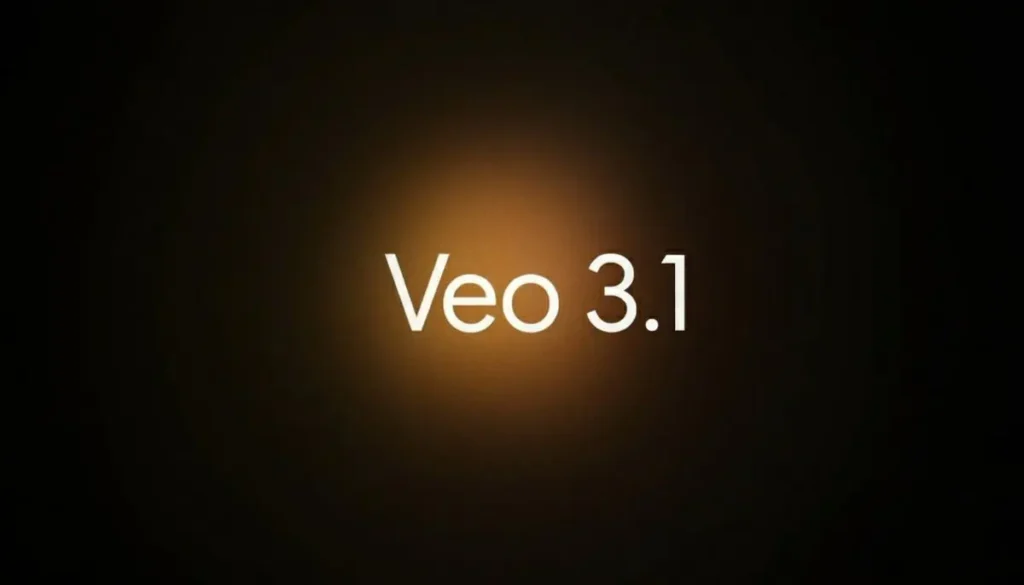Google today expanded its generative video toolkit with Veo 3.1, an incremental but consequential update to the company’s Veo family of video models. Positioned as a middle ground between rapid prototype generation and higher-fidelity production workflows, Veo 3.1 brings richer audio, longer and more coherent clip generation, tighter prompt adherence, and a number of workflow […]
How many gallons of water does ChatGPT use?
OpenAI’s CEO Sam Altman publicly stated that an average ChatGPT query uses ≈0.000085 gallons of water (about 0.32 milliliters, roughly one-fifteenth of a teaspoon) and ≈0.34 watt-hours of electricity per query. That per-query figure, when multiplied at scale, becomes meaningful but remains far smaller than many prior alarmist headlines claimed — provided you accept Altman’s […]
How Much Does Claude Sonnet 4.5 Cost?
Anthropic’s Claude Sonnet 4.5 (often shortened to Sonnet 4.5) arrived as a performance-focused successor in Anthropic’s Claude family. For teams deciding whether to adopt Claude Sonnet 4.5 for chatbots, code assistants, or long-running autonomous agents, cost is a top question — and it’s not just the sticker price per token that matters, but how you […]
How Many GPUs to train gpt-5? All You Need to Know
Training a state-of-the-art large language model (LLM) like GPT-5 is a massive engineering, logistical, and financial undertaking. Headlines and rumors about how many GPUs were used vary wildly — from a few tens of thousands to several hundreds of thousands — and part of that variance comes from changing hardware generations, efficiency gains in software, […]
How to Access Sora 2 — The latest complete guide to omnichannel
Sora 2 is one of the fastest-moving AI products of 2025: a next-generation video + audio generation system from OpenAI that produces short cinematic clips with synchronized audio, multi-shot coherence, improved physics, and a “cameos” system for inserting people into generated scenes. Because Sora 2 is new and evolving rapidly — launched in late September […]
How to use Claude Sonnet 4.5 with Cursor
Anthropic’s Claude Sonnet 4.5 arrived as a focused update for coding, agentic workflows, and “computer use” — the kinds of tasks that require long context, tool-handling, and robust safety controls. At the same time, modern developer IDE- and code-assistant platforms like Cursor let you plug in the best available models and run them directly over […]
7 Stunning Prompt Examples for OpenAI’s Sora 2 to Make Video
OpenAI’s Sora 2 has changed how creators think about short-form video: it generates moving, lip-synced, physically realistic clips from text and images, and — crucially — gives developers programmatic access via an API (with a higher-quality “Pro” tier). Below I will bring a guide: what Sora 2 is, the API parameters you must care about, […]
How much computing power is required for GPT-OSS deployment?
OpenAI’s recent gpt-oss family (notably the gpt-oss-20B and gpt-oss-120B releases) explicitly targets two different classes of deployment: lightweight local inference (consumer/edge) and large-scale data-center inference. That release — and the flurry of community tooling around quantization, low-rank adapters, and sparse/Mixture-of-Experts (MoE) design patterns — makes it worth asking: how much compute do you actually need to run, fine-tune, and serve these models in production?
OpenAI GPT-OSS: How to Run it Locally or self-host on Cloud, Hardware Requirements
GPT-OSS is unusually well-engineered for accessibility: the gpt-oss-20B variant is designed to run on a single consumer GPU (~16 GB VRAM) or recent high-end laptops using quantized GGUF builds, while gpt-oss-120B—despite its 117B total parameters—is shipped with MoE/active-parameter tricks and an MXFP4 quantization that lets it run on single H100-class GPUs (≈80 GB) or on […]
OpenAI DevDay 2025: A Developer’s Guide to the New AI Operating Layer
OpenAI DevDay 2025 was a high-velocity developer showcase (held in early October 2025) where OpenAI unveiled a broad slate of products, toolkits, SDKs and model releases designed to move the company from model-provider to platform-operator: apps that run inside ChatGPT, a drag-and-drop agent builder (AgentKit), the general-availability rollout of Codex for developer workflows, and a […]










